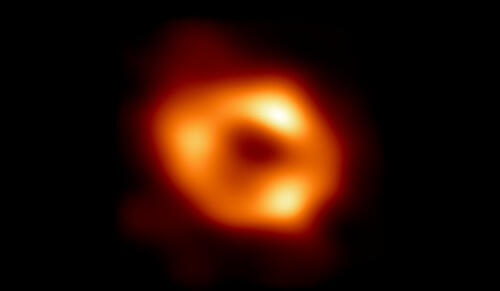
Mislav Baloković, a postdoctoral fellow at the Yale Center for Astronomy and Astrophysics and the Department of Physics, and an EHT member, spoke with Yale News about the new image and what it means for our understanding of our home galaxy.
The Event Horizon Telescope (EHT) Collaboration, an international collaboration aimed at gathering direct images of black holes, has now set its sights close to home.
In a May 12 announcement, EHT researchers presented the first image of Sagittarius A*, the supermassive black hole at the center of the Milky Way, Earth’s home galaxy. The announcement comes three years after EHT made headlines around the world by producing the first photograph of a black hole — M87 in the center of the Virgo A galaxy, located 55 million light years away.
Sagittarius A* — also called Sgr A* — is 27,000 light years from Earth.
A black hole is a part of space that has such intense gravity that nothing, not even light, can escape it. The boundary surface between space and the inside of a black hole is called the “event horizon.”
EHT generates images by linking eight synchronized radio telescopes around the world, including at sites in Chile, Spain, Hawaii, and the South Pole, to create a fundamentally new instrument.
This article is adapted from the Yale News article of May 13, 2022 by Jim Shelton. Click below for the full article.